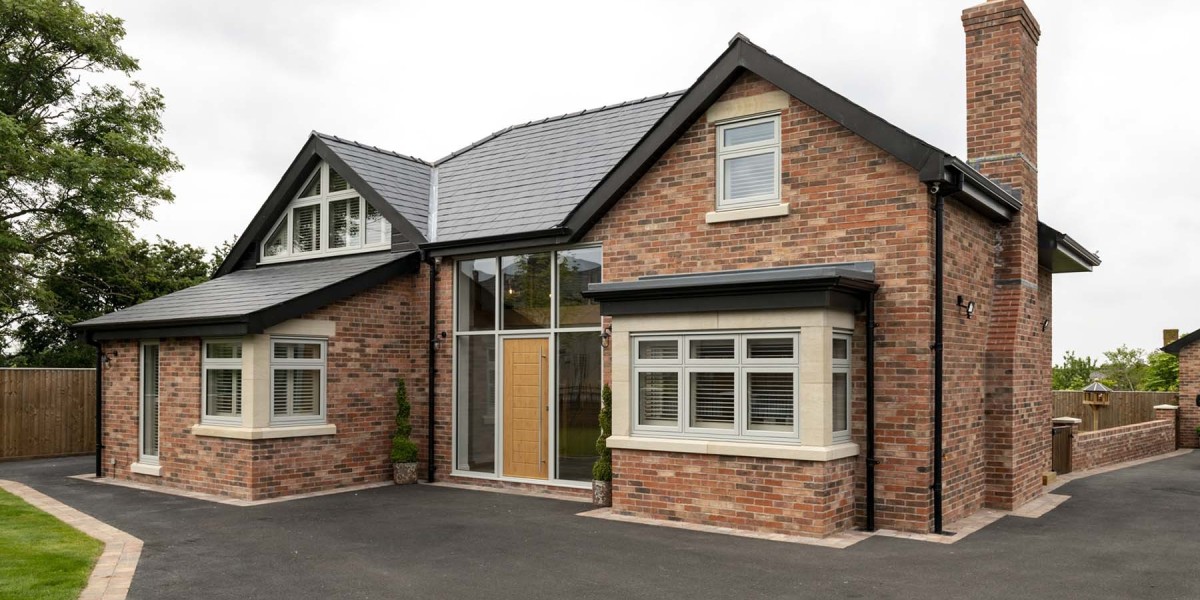Transform Your Studio with Game-Changing LED Lighting Solutions!
Lighting plays a crucial role in any studio environment, acting as the backbone of visual creativity and productivity. For photographers, videographers, and artists alike, the quality of lighting can make or break a project. This is where LED lighting comes into play, offering a plethora of advantages over traditional lighting options such as incandescent or fluorescent bulbs. LED lights not only consume less energy but also provide longer lifespans and greater versatility in color temperatures, allowing you to create the perfect ambiance for your work. In this article, we will explore the various LED lighting products designed specifically for studio use, helping you make informed decisions to enhance your creative space.
The Advantages of LED Lighting for Studios
LED lighting presents numerous benefits that make it an ideal choice for studios. One of the most significant advantages is energy efficiency; LED lights consume up to 80% less energy than traditional lighting, leading to substantial cost savings on electricity bills over time. Additionally, LEDs have a remarkably long lifespan, often lasting over 25,000 hours, which means less frequent replacements and reduced waste. Another notable benefit is their versatility in color temperature, allowing you to adjust the hue of your lights to suit different projects. For instance, warmer tones can create a cozy atmosphere for intimate portraits, while cooler tones are perfect for crisp, vibrant visuals in product photography. Overall, the combination of longevity, efficiency, and adaptability makes LED lighting a game-changer for studio environments.
Types of LED Lighting Solutions for Studio Use
When it comes to studio lighting, several types of LED solutions cater to different needs and applications. Panel lights are popular choices, providing broad, even illumination that is ideal for key lighting in photography and video production. These lights are often slim and versatile, making them easy to mount on stands or ceilings. Spotlights, on the other hand, are perfect for highlighting specific areas or subjects, offering focused beams of light to create dramatic contrasts. Softboxes equipped with LED lights diffuse the light, softening shadows and delivering flattering results for portraits and interviews. Furthermore, ring lights have gained popularity in recent years, especially among content creators, for their ability to produce even, circular lighting that reduces blemishes and highlights facial features. Each type of LED lighting solution offers unique features that can elevate your studio work.
How to Choose the Right LED Lighting for Your Studio
Choosing the right LED lighting for your studio requires careful consideration of several factors. First, assess the size of your studio; larger spaces may require more powerful fixtures or multiple light sources to achieve adequate brightness. Next, take into account the nature of your work—whether you're focused on photography, video production, or live streaming—as different applications may necessitate specific lighting setups. It's also essential to evaluate the brightness of the lights, usually measured in lumens, and consider the color rendering index (CRI), which indicates how accurately colors are represented under the light. A higher CRI (90 and above) is preferable for tasks requiring precise color reproduction. Lastly, consider dimmability; having the option to adjust the light intensity can be particularly beneficial for achieving the desired mood and effect in your projects. By keeping these factors in mind, you can make an informed decision that aligns with your studio's unique needs.
Setting Up Your LED Lighting in the Studio
Once you've selected the right LED lighting for your studio, the next step is effective setup and arrangement. Proper positioning of your lights is crucial for optimal results. For instance, placing key lights at a 45-degree angle to your subject can create flattering shadows and depth. Additionally, consider the use of reflectors to bounce light and fill in shadows, enhancing the overall quality of your lighting setup. Diffusers can also be employed to soften harsh light, resulting in a more natural look. Experimenting with different angles and distances can help you discover the best configuration for your specific projects. It's worth taking the time to test various setups, as the right arrangement can significantly impact the final output of your work. Friends of mine who are photographers often share how a simple adjustment in lighting position can transform the mood of a shot entirely.
Enhancing Your Studio with LED Solutions
In conclusion, upgrading your studio with high-quality LED lighting solutions can have a transformative impact on your creative projects. The advantages of LED lights, including energy efficiency, longevity, and versatility, make them an essential investment for any studio environment. From understanding the different types of LED fixtures to selecting the right setup, this guide aims to empower you in making informed decisions that enhance your work. Don't underestimate the power of good lighting; it could be the key to unlocking your full creative potential. Consider taking the leap and revamping your lighting setup—your projects will thank you!








